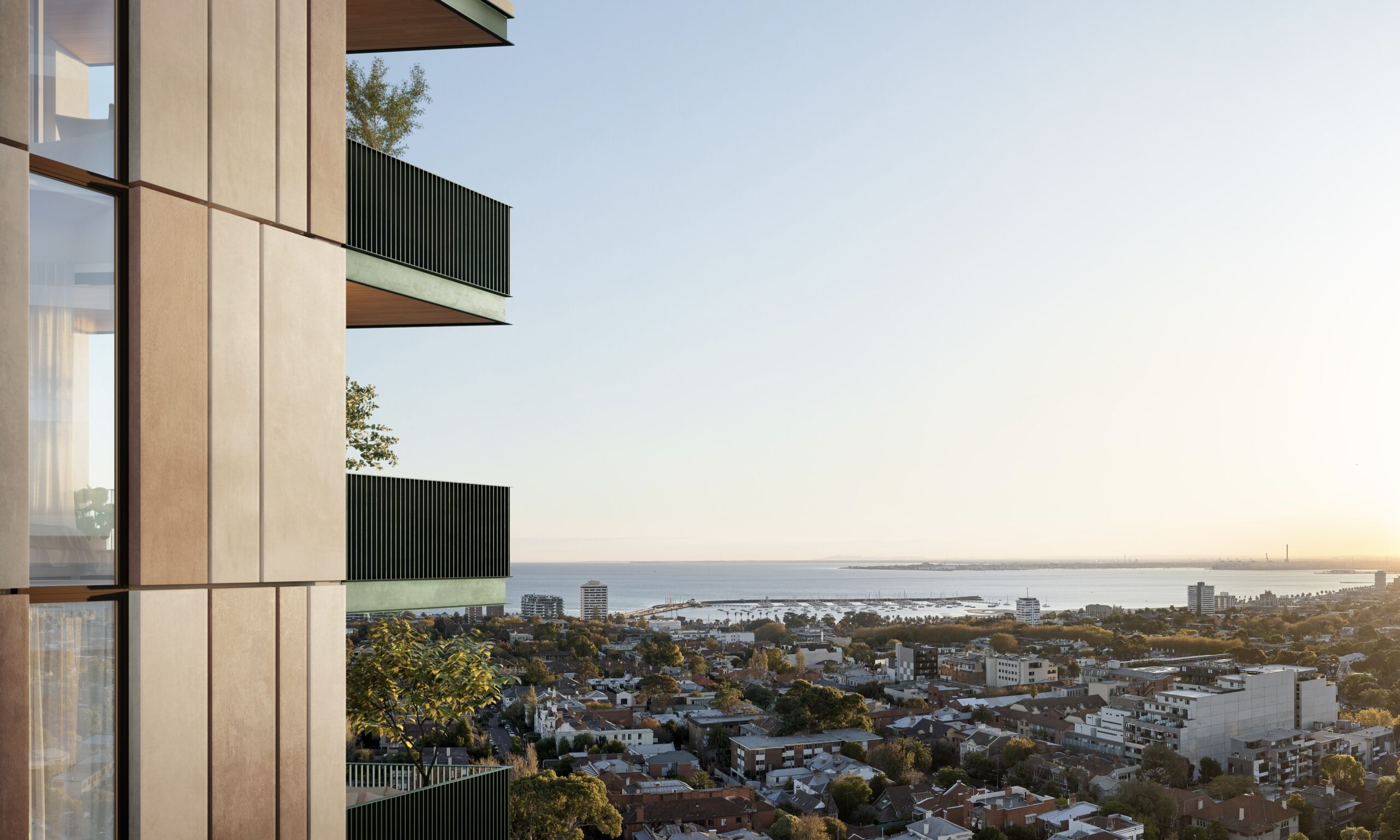6 Sustainable Considerations For Your Home
Discover how you can make meaningful environmental change within your home and assist in decreasing your overall carbon footprint.
We have compiled a couple of key ways that you can incorporate sustainable design at home. Whether you’re at the beginning of your journey or want to make some changes to your existing home, this guide can help.
- By Gamuda Land
- 3 April 2024
Our 6 Tips for Sustainable Design at Home
1.Passive Solar Design
In contrast to traditional ‘active’ methods of solar power, Passive Solar is a more cost-effective and simple means of utilising the energy from the sun. In simple terms, a passive solar home collects heat from sun rays that enter through south-facing windows and retains it in materials that store heat, known as thermal mass, such as concrete, brick and tiles. The collected heat is then released throughout a home when the sun is absent to maintain a comfortable indoor temperature.
2. High-performance Windows
By selecting the right glazing placements and utilising precise sizing and thickness, you can not only assist in noise reduction within the home but also reduce unwanted heat gain or loss. High-performance, double-glazed windows create a barrier between your home and the elements, reducing its reliance on carbon-emitting appliances like heaters and air conditioners.

3. Energy-efficient Appliances
In some climates, particularly here in Australia during the summer, temperatures can climb to sweltering levels. In these cases, we turn to our appliances to help us feel more comfortable in our homes. An easy way to make your home more sustainable is by carefully selecting your appliances and checking their energy efficiency ratings and carbon emissions. Most products are given a rating between 1 and 6 stars, so remember, the more stars it has, the more energy-efficient it will be.
4. Low-VOC Materials
Introduce sustainable practice into your home with low VOC (Volatile Organic Compound) materials including paints, adhesives, sealants and carpets. VOCs are a group of chemicals that vaporise into the air around you and can have adverse health effects. By choosing materials with low amounts of VOCs, you can improve indoor air quality for a healthier living environment.

5. Energy Recovery Ventilation
A step that can be taken in the early stages of designing a new home is the incorporation of an Energy Recovery Ventilation (ERV) system. These systems recycle heat that typically leaks out of apartments through ventilation, and then use this to warm incoming air. This results in a more energy and cost-efficient home with better access to fresh air.
6. Recycled Materials
Recycling is an important way for us to reduce the amount of waste heading to our landfills across the country. A great way to incorporate this into your home is to utilise recycled materials, where possible. Some ways you can bring this into your home include recycled glass for countertops, steels made from recycled metals, reclaimed wood and bricks, as well as reusing soils for landscaping.
Sustainable Design at Fareham
At Fareham in St Kilda, we are utilising several of the above steps to ensure we are providing our new residents with leading innovations in sustainability, materiality and design.
Designed by BayleyWard Architects in collaboration with sustainability consultants, HIP V. HYPE, Fareham will draw its inspiration from global PassivHaus principles to achieve a 7.5 NAThers rating.
Some key elements that Fareham will incorporate include:
- An energy recovery ventilation system.
- A central 20kl rainwater tank.
- Solar photovoltaic system.
- Functional apartment layouts to achieve passive crossflow ventilation.
- Low-VOC materials throughout.
- High-quality double-glazed external windows.
By incorporating these elements, Fareham will be targeting net zero in operations and 100% renewable energy within the project’s common areas.
Learn more about Fareham and become part of the St Kilda lifestyle by visiting the website here.
